(121 products available)


























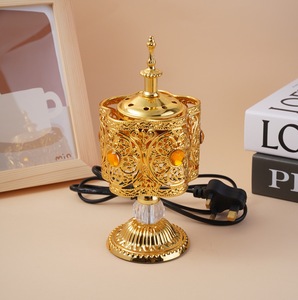















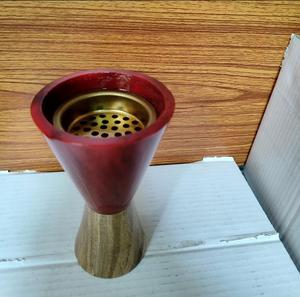
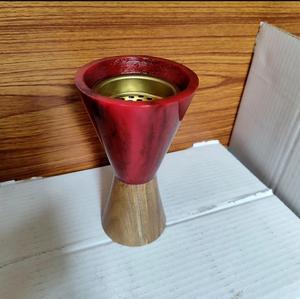
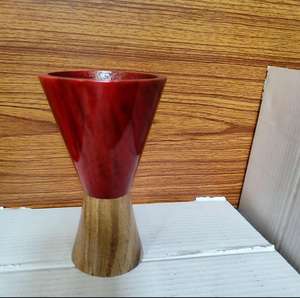
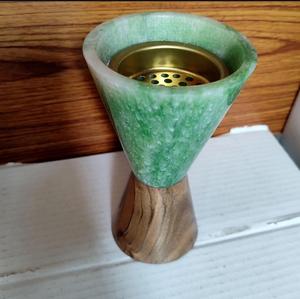




















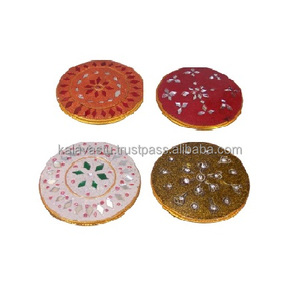

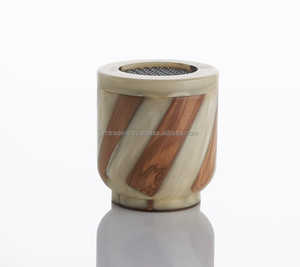
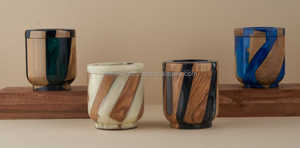
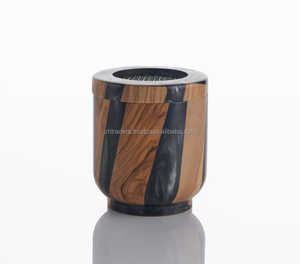
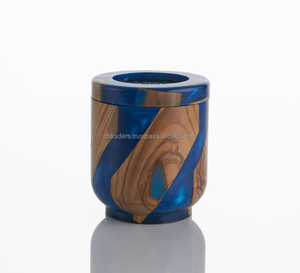
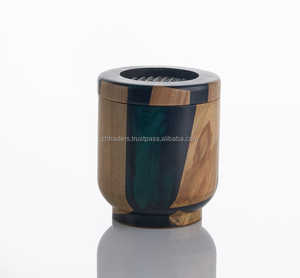














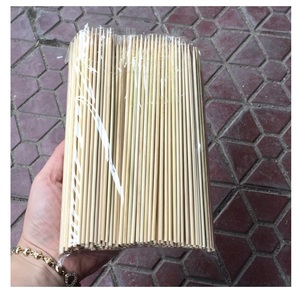
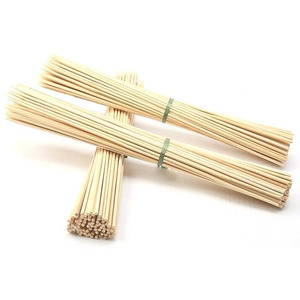
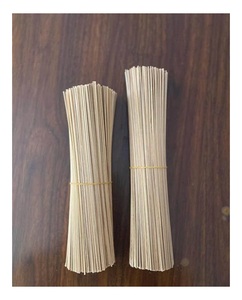

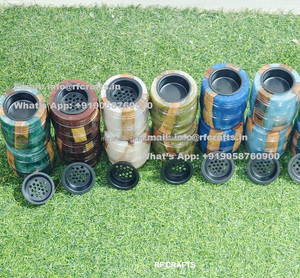


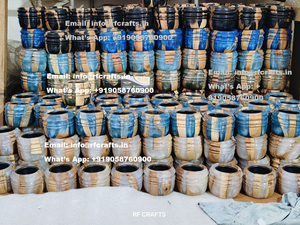
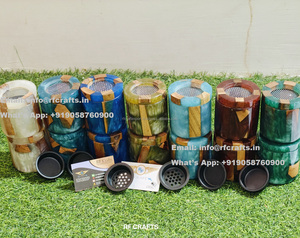



























































































Incense is a substance that produces a fragrant smell when burned. People use it to purify the atmosphere, religious ceremonies, meditation, and aromatherapy. There are several types of incense, each with unique qualities and uses.
Stick incense
Stick incense is one of the most famous types of incense. It consists of a thin bamboo stick coated with a mixture of fragrant powder. The powder is made by grinding aromatic substances like sandalwood, essential oils, and binding agents. The bamboo stick acts as a support, making it easy to handle and burn. Stick incense comes in various scents, from floral to woody and spicy. People commonly use it in homes, offices, and meditation spaces because it is easy to use and has a steady burn.
Cone incense
As the name suggests, cone incense is shaped like a small cone. It is made from a similar mixture of ground aromatic materials and binding agents. Cone incense does not have a stick base, making it more compact and portable. It is often burned on a metal or ceramic holder, and it produces a stronger scent in a shorter time than stick incense. Cone incense is available in various fragrances and is suitable for those who want a quick and intense aromatic experience.
Powder incense
Powder incense is made by finely grinding natural ingredients such as resins, herbs, and spices. It is one of the oldest forms of incense and is often used in traditional rituals and ceremonies. Users typically burn powder incense on charcoal discs or heat-resistant surfaces. It allows for precise control over the amount used, making it popular among enthusiasts who want to customize their fragrance experience.
Loose incense
Loose incense is a combination of whole or roughly powdered natural ingredients. It may include resins, flowers, herbs, and spices, depending on the desired fragrance. It is often burned on charcoal discs or placed on a burner. People appreciate loose incense for its natural and traditional appeal. It does not contain any artificial additives or chemicals.
Resin incense
Resin incense comes from natural plant resins, such as frankincense, myrrh, and copal. These resins are collected and shaped into small pieces or chunks. Resin incense is known for its rich, earthy fragrance and is often used in religious and spiritual ceremonies. It is usually burned on charcoal discs or placed on a burner. Resin incense produces a long-lasting aroma and has cleansing properties.
Clay pot incense
Clay pot incense is a type of traditional Japanese incense. It consists of a clay pot filled with a mixture of powdered incense ingredients and a small piece of charcoal or an incense stick placed on top. When the charcoal or incense stick is lit, the heat causes the powdered incense inside the pot to release its fragrance. Clay pot incense is often used in tea ceremonies or as a decorative piece in homes.
Backflow incense
Backflow incense is a unique type that creates a cascading smoke effect. It is made with specially designed incense cones that have a hollow bottom. When lit, the airflow from the cone causes the smoke to flow downward instead of outward. This creates the illusion of smoke flowing down a waterfall. Backflow incense cones are often used with backflow burners, which have intricate designs to showcase the flowing smoke. Backflow incense is popular for creating visual and aromatic displays in homes and offices.
In the world of incenses, design plays a vital role in their aesthetic appeal and functionality. Incense designers are artists in their own right, carefully crafting each stick or cone with precision and creativity. They understand the importance of visual presentation and smell, knowing that a beautifully designed incense will attract customers and enhance the overall experience of using it.
Designing good incense involves combining ancient customs with modern design concepts. Designers must consider the visual appeal and functional aspects of the incense. It is about creating something that looks nice but works well too. Incense sticks or cones must burn steadily and release consistent fragrances. The binding agents used in stick incense are crucial for ensuring a smooth burn and even release of scent.
Moreover, the packaging of incense is just as important, as it protects the product and serves as a marketing tool. Attractive packaging can draw customers in and communicate the brand's message and values. Incense designers must think outside the box to create designs that stand out on store shelves and resonate with consumers.
Designing incense is a complex process requiring knowledge, creativity, and attention to detail. It is an art that requires skill and creativity to make something visually appealing and functional. The end product must have both aesthetic value and practical use, pleasing the senses of sight and smell. Good incense designers understand this balance well and strive to achieve it in every stick or cone they create.
Different cultures and traditions use incense in various ways. Each culture has its own special rituals and customs involving incense.
Purpose of Use:
Individuals should ask themselves why they are burning incense. Is it to create a nice ambiance in their home? Or to help them relax and meditate? Or maybe to help them focus better while studying or working? Knowing the goal of burning the incense can help choose the right one. Some scents are better for relaxing, like lavender. Others are stimulating, like citrus. Pick a scent that matches the desired effect. Choose calming scents like lavender or chamomile for relaxation and meditation. Pick citrus or mint for stimulating study blends.
Scent Profile:
The main smell of the incense should be appealing. Try to find the scent profile in two ways. First, read about the notes in the incense. Then, if possible, smell it in person. Incenses have top notes that users first smell, like citrus or spice. Then come the middle notes, which are the main smell, like floral or herbal. Finally, base notes are the last users smell, hours later, like musk or resin. Choose an incense with a pleasant base note, like sweet vanilla or earthy patchouli.
Quality:
Good incense sticks and cones are made with quality ingredients. Natural oils and plants give the best fragrances. Be suspicious of very cheap kinds. They might have fake scents that give headaches or are bad for the air. Read labels carefully and choose trusted brands.
Ingredients:
Look for natural plant powders and essential oils in good incenses. Some common natural ingredients to seek out include:
- Frankincense resin - calming and meditative.
- Myrrh resin - grounding and balancing.
- Sandalwood powder - soothing and cooling.
- Lavender flowers - relaxing and purifying.
Stick or Cone?
Decide whether to burn incense sticks or cones. Each form has advantages:
- Incense sticks burn evenly and are easy to use. They are good for long sessions.
- Incense cones burn faster for stronger smells. They are better for short bursts.
Length and Burn Time:
The length of an incense stick affects how long it burns:
- Long sticks = long burn. Good for extended meditation or relaxation.
- Short sticks = short burn. Good for quick sessions or when busy.
Packaging:
Good packaging keeps the incense fresh and the scent strong. Look for sealed bags or jars. They should protect the sticks or cones from air and moisture.
Allergies and Sensitivities:
If the user or anyone nearby has allergies, be careful. Some incenses can irritate noses or lungs. Natural ingredients are less likely to cause reactions. Stay away from incenses with artificial fragrances or powders that could trigger asthma or other sensitivities. Choose simple, natural incenses if health is a concern.
Brand Reputation:
Choose trusted brands with good reviews. Research online. Ask friends for recommendations. Buying from a known company means the product was likely tested for safety and quality. This helps ensure health isn't put at risk by a cheap or dangerous incense.
Q1. What are the benefits of using incenses?
A1. Incenses enhance mood, improve focus, promote relaxation, and provide a calming effect.
Q2. How should incense be stored?
A2. Incense should be kept in a cool, dry place, away from sunlight, to maintain their fragrance and prevent them from drying out.
Q3. How does one use incense?
A3. One can light the tip of the stick, cone, or coil until it glows, then blow it out, placing it in a holder to let it burn.
Q4. Is using incense safe?
A4. Incense is generally safe but should be used in moderation and with proper ventilation to avoid any respiratory issues.
Q5. What types of incense are there?
A5. There are sticks, cones, coils, powders, and chains as types of incense.